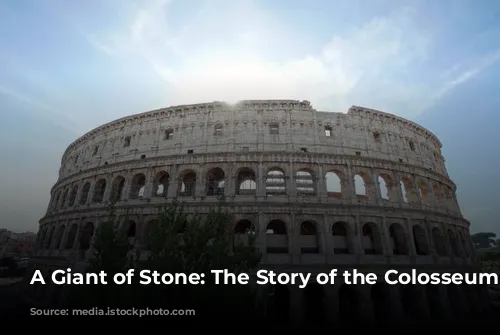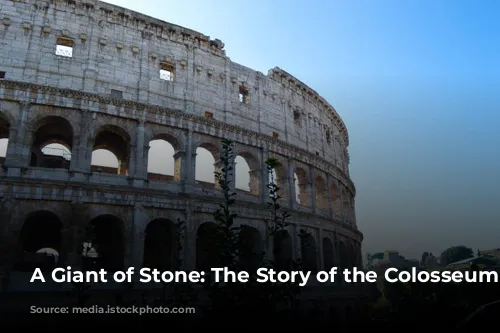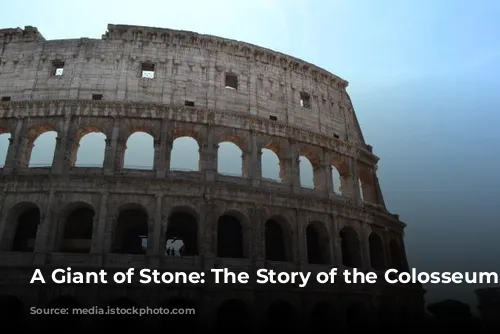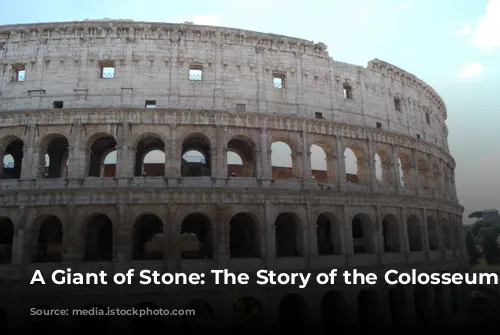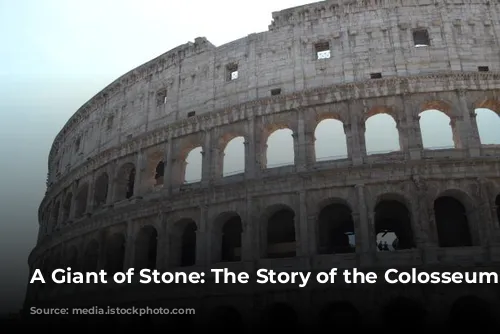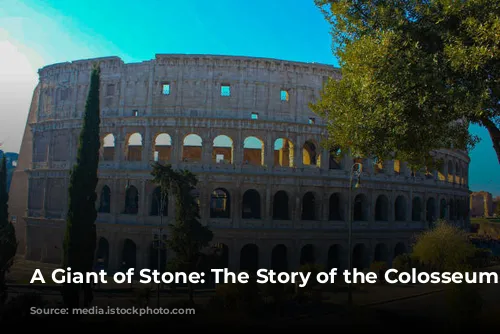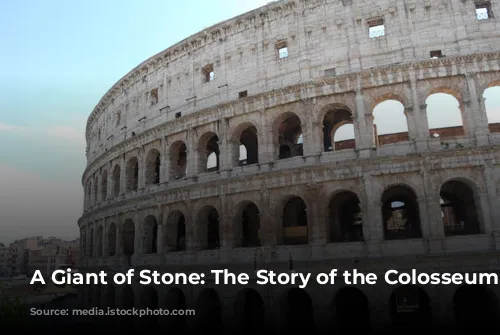The Colosseum, a name that echoes with the grandeur of ancient Rome, stands as a testament to the might of the Roman Empire. This monumental amphitheater, the largest in the Roman world, was built under the reign of Emperor Vespasian, a member of the Flavia family, and officially opened by his son Titus in 80 A.D.
The Colosseum’s Opening Ceremony
The Colosseum’s opening was a spectacle of incredible opulence, a 100-day extravaganza showcasing thrilling gladiatorial battles, extravagant shows, and hunts involving the slaughter of thousands of animals. The arena itself was even flooded for naumachia, breathtaking mock sea battles that recreated epic naval conflicts of the past.
The Name of the Colosseum
Why is the Colosseum called the Colosseum? The name, believed to have been coined by medieval monk Venerable Beda, appeared in a prophecy predicting Rome’s fate. “Rome will exist as long as the Colosseum does; when the Colosseum falls so will Rome; when Rome falls so will the world.” Some historians believe the name might have been inspired by the colossal statue of Emperor Nero, known as “the Colossus,” which once stood near the amphitheater.
A Masterpiece of Roman Engineering
The Colosseum was a marvel of Roman engineering, a testament to their mastery of arch construction. This architectural technique, used extensively in Roman aqueducts, allowed them to distribute the weight of heavy structures efficiently. The Colosseum, built in less than ten years, can be seen as a series of aqueducts stacked atop each other.
The Colosseum’s Decline
The Colosseum we see today is a mere skeleton of its former glory, with three-fifths of its outer brick wall missing. During the Middle Ages, the amphitheater was plundered for its valuable materials, with marble, lead, and iron being used to construct buildings like the Barberini Palace, Piazza Venezia, and even St. Peter’s Basilica.
Inside the Colosseum: Where History Comes Alive
The Colosseum once held up to 70,000 spectators, offering a remarkable view of the arena from every seat. Its tiered seating was carefully designed to accommodate people from all walks of life, mirroring the social hierarchy of Roman society.
The Colosseum’s Roof
Like modern sports stadiums, the Colosseum offered protection from the sun thanks to a clever roof covering called the Velarium. This massive linen tarp, suspended by ropes and winches, was maneuvered by 100 sailors from the Imperial fleet, who worked in perfect synchronization to the beat of a drum.
The Colosseum’s Arena
The arena floor, once a mixture of brick and wood, has since vanished, revealing the cellars that housed the equipment used in the games. These underground levels featured lifts and hoists, used to raise animals and gladiators through trapdoors, creating dramatic surprise entrances for the audience.
The Colosseum’s Shows
The Colosseum’s shows were a blend of spectacle and symbolism, forging a connection between citizens and their leader. The “Venationes”, or hunts, were a popular attraction, featuring fights between exotic animals and men, as well as “Silvae,” recreations of forests with live animals.
The Colosseum and the Gladiators
The Colosseum’s most famous feature is its gladiators. These skilled warriors, often prisoners of war or paupers seeking fame and fortune, were divided into various categories based on their weapons and fighting styles. Gladiatorial combats were a thrilling spectacle, with the fate of the defeated gladiator resting in the hands of the emperor.
The Colosseum’s Legacy
The Colosseum, once a symbol of Roman power, now stands as a testament to the resilience of history. Despite its decay, the Colosseum continues to captivate visitors with its grandeur and the stories it tells. As Charles Dickens eloquently put it, seeing the Colosseum is like “seeing the ghost of old Rome floating over the places its people walk in”.
